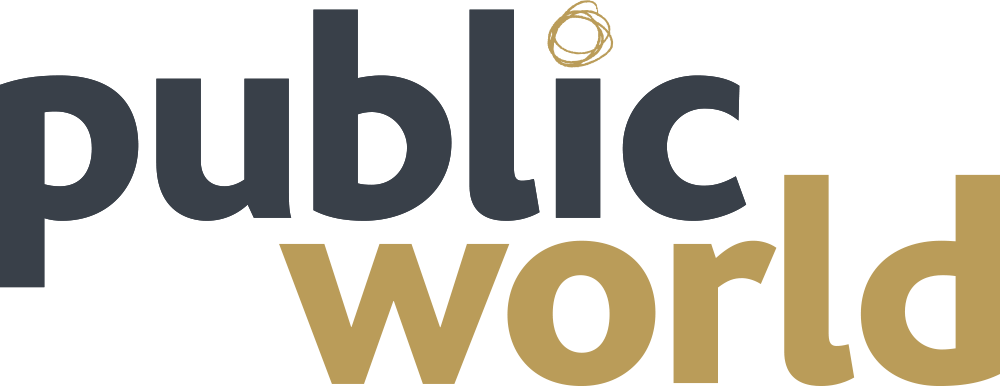On 14th January we hosted a round-table with senior representatives from the Care Quality Commission and several care providers in Kent to discuss how English care regulation and an innovative model such as Buurtzorg can co-exist.
The context of the meeting was “Transforming Integrated Care in the Community (TICC)”an EU-funded programme in which 14 organisations from 4 countries participate to find out what it takes for a care model such as Buurtzorg, that has been highly successful in one EU country, to be successfully adopted in another EU country. The programme therefore consists mostly of care provider organisations that are working to adopt Buurtzorg in their national (or regional) context, having to navigate significant differences in legal, funding and regulatory systems. As the TICC programme progresses, we document our learnings as well as the barriers and challenges that we encounter and the solutions we find, which will benefit other organisations – and countries – in the future.
In the past year, several TICC ‘test and learn’ teams have been set up by Medway Community Healthcare, Kent Community Health Foundation Trust and Kent County Council, a process which has provided plenty of occasions for learning. The three partners shared their observations – and progress – to date at the CQC roundtable meeting, which led to a frank and open discussion about regulation in the context of self-management.
I learnt several encouraging things:
- The CQC is committed to not being an obstacle to innovation in health and care. They are keen to help and offer early engagement with innovators to avoid misunderstandings and disappointment.
- There are many myths swirling around what can and can’t be done under current CQC regulation. It is best to go back to the letter of the regulation (and perhaps its explanatory notes in plain English) rather than rely on internal or external advice from third parties.
- Regulation and registration focus on the activities carried out under the service in question. If they are regulated, their classification (e.g. social care, or health care (TDDI)) will determine whether and for what registration will be required, and which inspection regime applies.
- In a world with an ambition to create more and more integrated health and care systems, CQC realise that its current siloed regulatory framework and organisation structure are not always helpful. They will try their best to not make it an obstacle for what innovators try to do.
- Where ‘self-management’ may make it harder to identify a ‘manager’ (who could be regarded the ‘nominated individual’ or ‘registered manager’), pragmatic solutions are out there. Several partners had found solutions which complied, without hampering the self-managed aspects of the teams. However, you will be asked to demonstrate how you manage risks, how issues are handled, etc. on the ground.
- CQC inspections typically require various reports to be sent beforehand. Without a good understanding of the self-management context, these reports may trigger misunderstandings and cause unnecessary concern. There is clearly some work to be done to smooth this.
I came up away with the feeling that we can help CQC better understand what we are trying to do, so that they can carry out their duties more effectively, avoiding unnecessary heat in the process and creating more light. I also felt that the CQC was open to working with innovators like ourselves and our client organisations. We all want to achieve that patients receive better care, so keeping our eyes firmly focused on that goal should help us in moving forward.
Buurtzorg Britain & Ireland have agreed a single point of contact with the CQC to continue the conversation as well as to share our mutual learning process. I am sure there will be many more lessons to come, but hopefully they will lead to a true transformation of care in the community, Buurtzorg style.

